
Plant
15:45, 20-Jan-2019
Beijing to hold A1 level International Horticultural Exhibition in China
CGTN
01:07
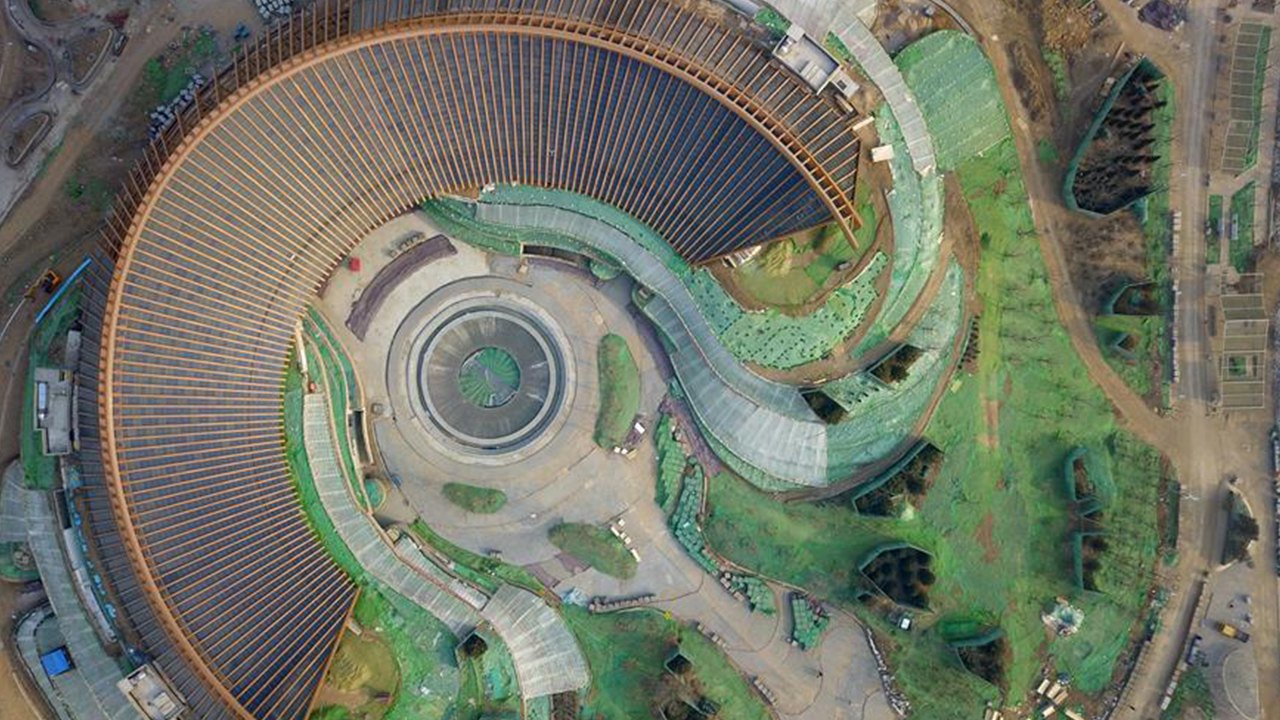
Despite the biting cold in Beijing, workers are busy planting exotic trees in the Yanqing District in preparation for the International Horticultural Exhibition 2019 Beijing China, which will open in 100 days.
More than 110 countries and international organizations, as well as over 120 non-official exhibitors, have confirmed participation, making it the highest attendance in the global event's history.
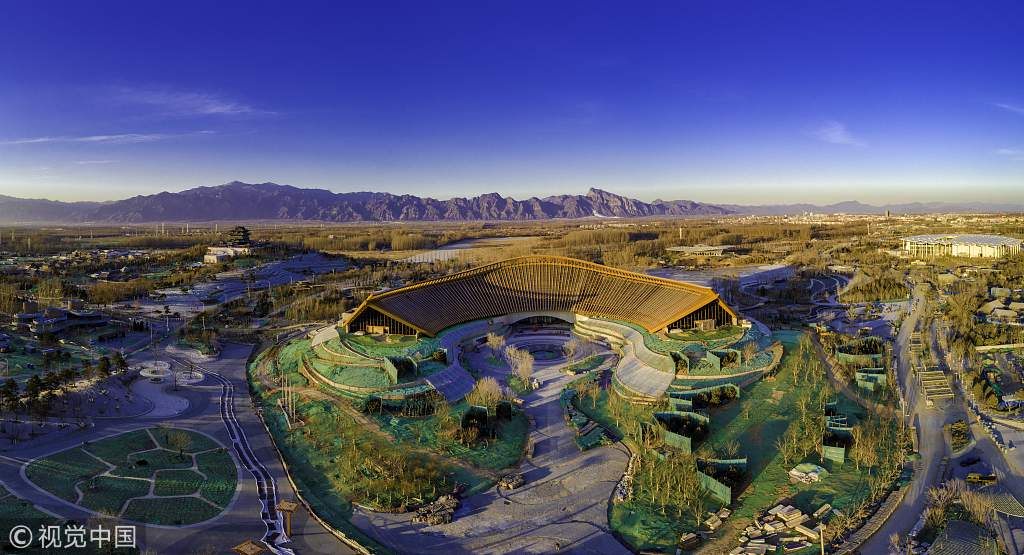
The horti-expo site in the Yanqing District, Beijing, China, January 8, 2019. /VCG Photo
The horti-expo site in the Yanqing District, Beijing, China, January 8, 2019. /VCG Photo
Open from April 29 to October 7, the 162-day expo will exhibit the latest achievements in floriculture, and fruit and vegetable farming at the foot of the Great Wall in Yanqing.
This is the second time for China to hold an A1 level horticulture expo that was accredited by the International Association of Horticultural Producers (AIPH) and recognized by the Bureau International des Expositions (BIE). Southwestern Chinese city Kunming held the country's first A1 level expo in 1999.
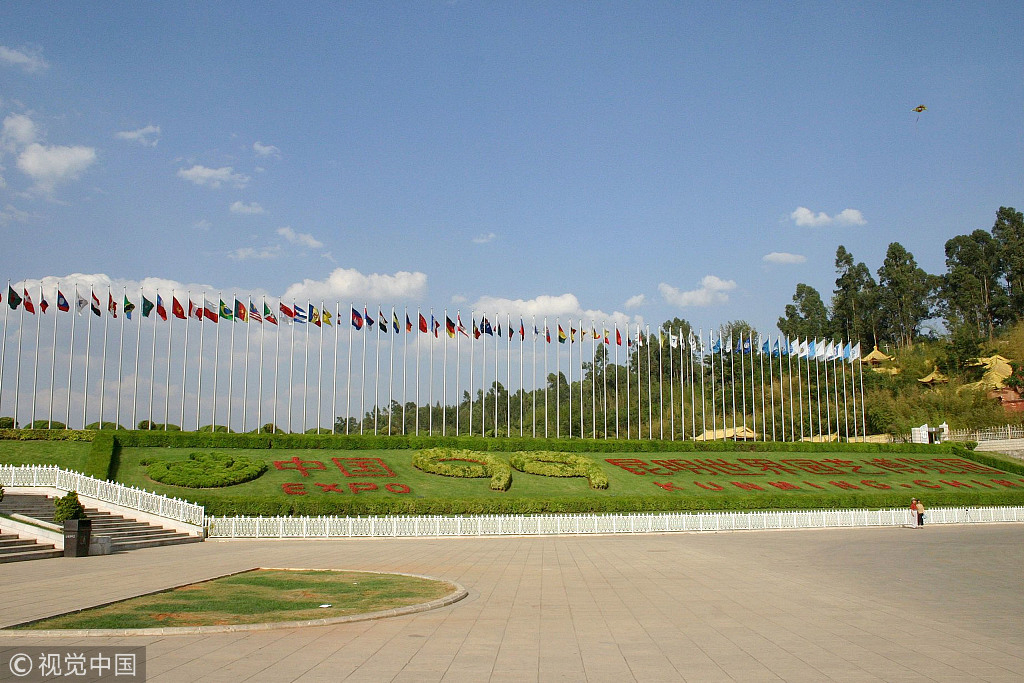
Kunming Expo Garden, Yunnan, SW China. /VCG Photo
Kunming Expo Garden, Yunnan, SW China. /VCG Photo
In a 20-meter-high greenhouse that covers 3,000 square meters, rare plants like red sandalwood and ficus varietgata are flourishing in their new home.
The Plant Pavilion, one of the four major pavilions, will house up to 1,000 plant species, including over 100 rare species. "The Plant Pavilion will demonstrate an amazing 'kingdom of botany' to visitors," said Fu Zhongren, technical manager of the pavilion.
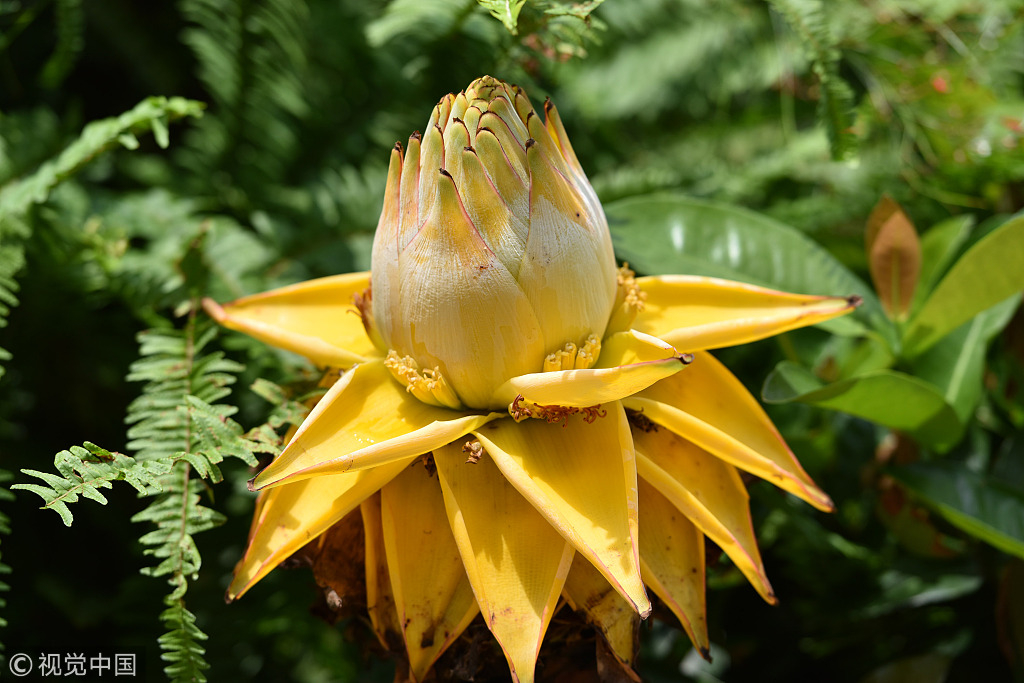
Musella lasiocarpa. /VCG Photo
Musella lasiocarpa. /VCG Photo
The theme of this expo is "Live Green, Live Better," which has been embodied in the design of the expo gardens and pavilions.
The Chinese Pavilion, which will display the history of Chinese gardening and horticulture, is designed as an earth-sheltered structure. With most of its exhibition halls embedded in man-made terrace fields, both heat and humidity inside will be better preserved, said Jing Quan, with the China Architecture Design and Research Group.
The rainwater collection system on the roof and a storage pond underground will be used for terrace field irrigation, Jing said, adding that more than 1,000 photovoltaic glass panels have been installed on the steel roof to utilize solar energy.
"Taking advantage of the natural conditions to save energy, the design of the Chinese Pavilion incorporates traditional Chinese architectural concepts and Chinese wisdom," Jing said.
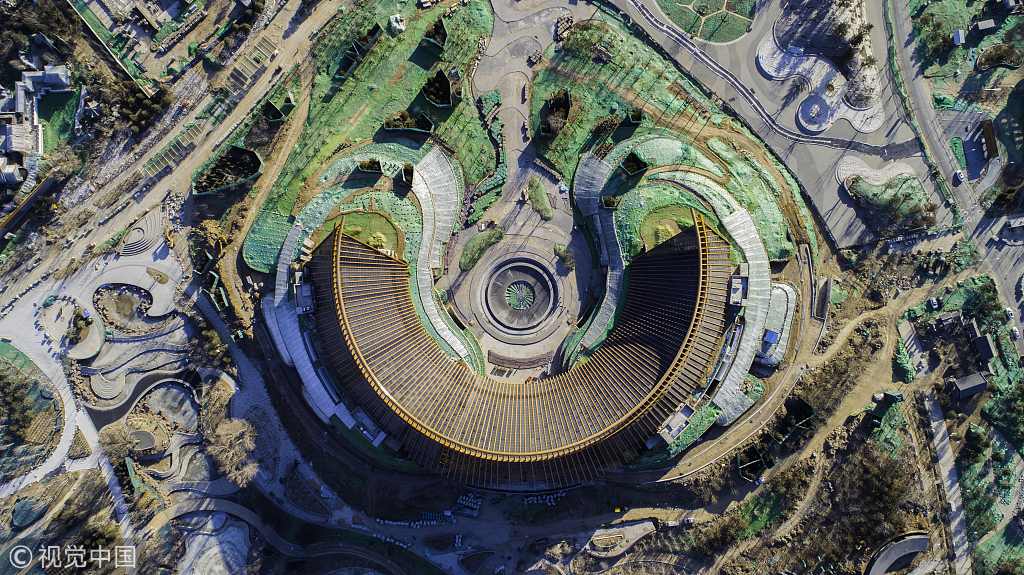
The Chinese Pavilion at the Expo, Beijing, China, January 8, 2019. /VCG Photo
The Chinese Pavilion at the Expo, Beijing, China, January 8, 2019. /VCG Photo
During the planning and building of the expo site, the existing 50,000 trees were preserved and became the premise of the design. Meanwhile, over 100,000 trees and shrubs were planted to improve the conditions of wetlands, purify water and provide habitats for migratory birds.
To protect the 15-meter-tall willows lining the road to the Horticultural Life Experience Pavilion, designers adjusted foundation heights of the nearby architectures to better suit the tall trees.
"Despite the costs, we have managed to protect the trees. That is what matters, as ecology comes first," said Zheng Shiwei, chief designer of the pavilion.
Construction waste, such as stones and slush, has also been turned into walls, roads and a 25-meter-tall hill, on which visitors will be able to overlook the entire expo area.
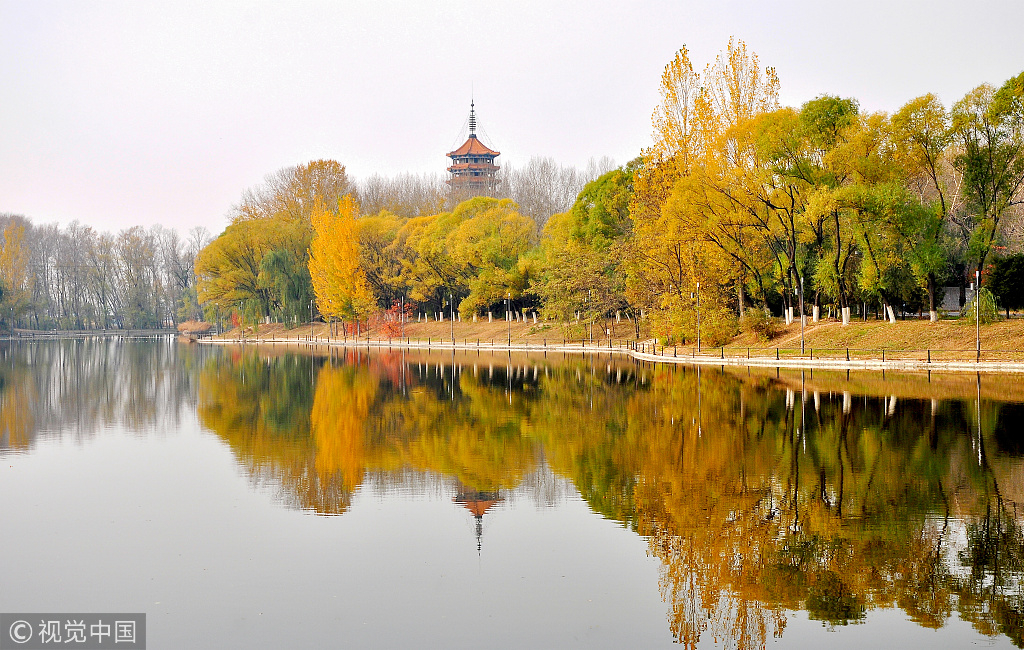
Guihe River Forest Park, Beijing, China. /VCG Photo
Guihe River Forest Park, Beijing, China. /VCG Photo
Next to the expo stands the Guihe River Forest Park with more than 100 kinds of plants, birds, and insects. A buffer zone separates the expo and the park so these species will not be disturbed.
Zhou Jianping, executive deputy director-general of the bureau, said the ecology-prioritized principle has not only been stressed for the planning, design, and construction of the expo, but will also be emphasized for its future operation and utilization, such as using electric vehicles in the expo area.
"We have a very real expectation that in 2019 Beijing will become recognized as the international center for the use of living green in cities," said Tim Briercliffe, secretary general of the International Association of Horticultural Producers.
Source(s): Xinhua News Agency

SITEMAP
Copyright © 2018 CGTN. Beijing ICP prepared NO.16065310-3
Copyright © 2018 CGTN. Beijing ICP prepared NO.16065310-3